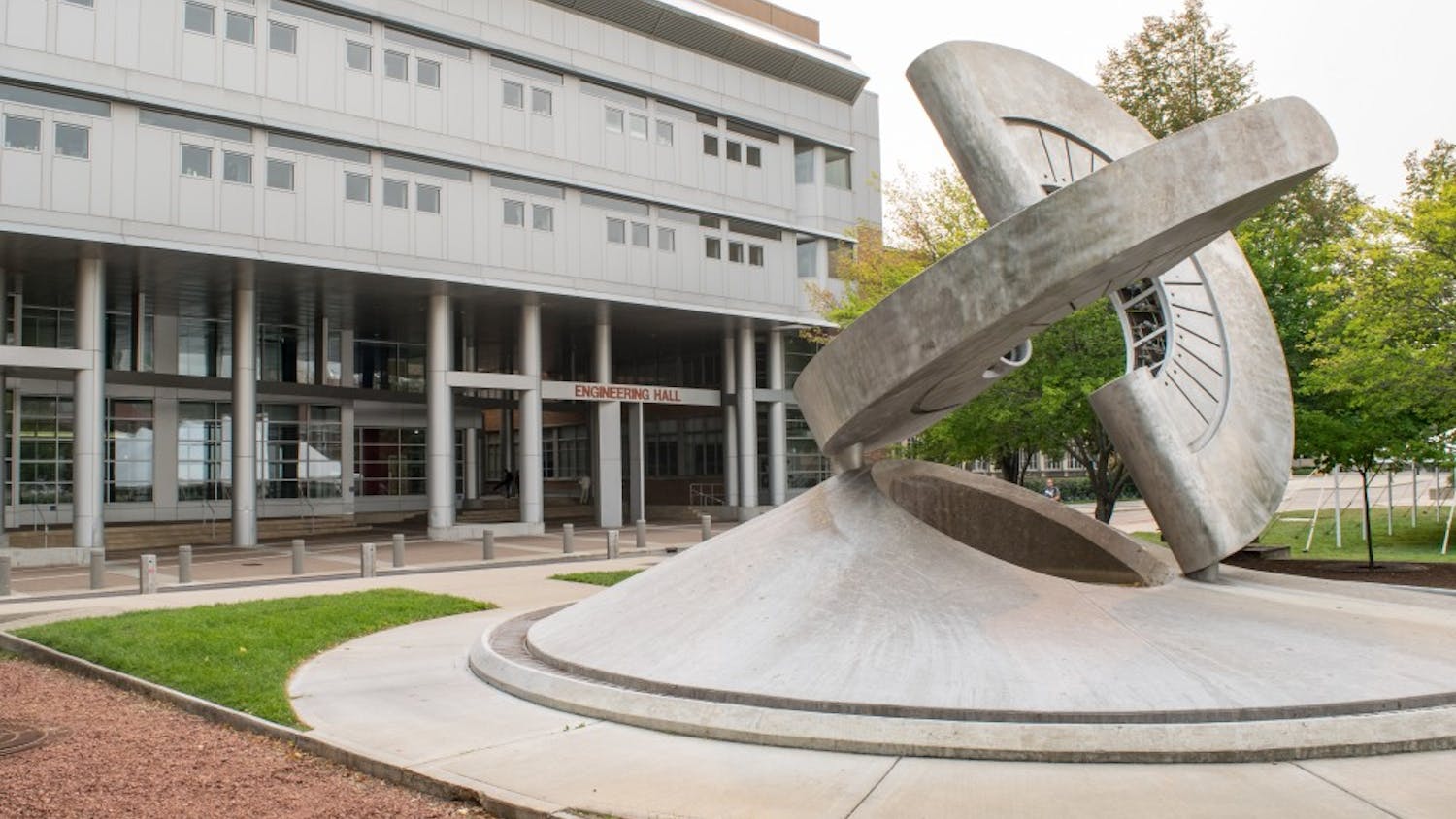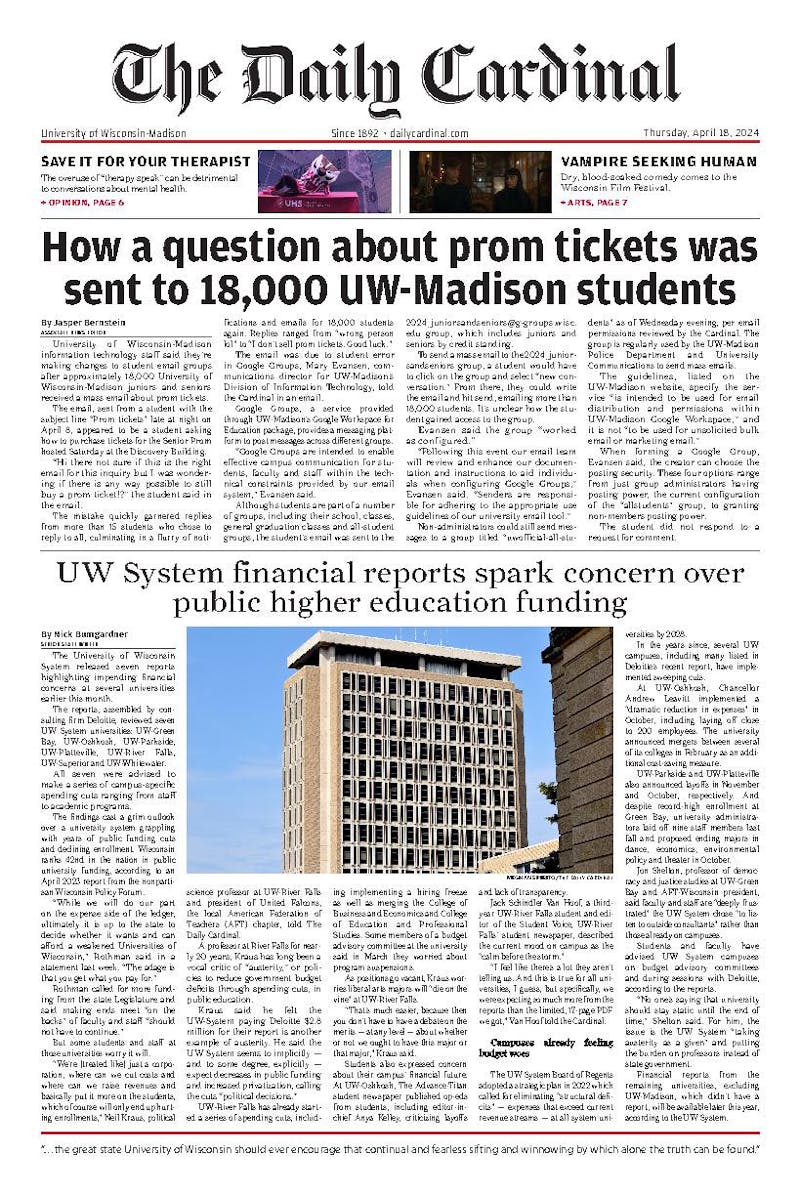UW–Madison engineers have created an artificial eye that can see in the dark and be used for search-and-rescue robots, surgical scopes, telescopes and recreational purposes, including night photography.
Hongru Jiang, a UW-Madison professor of computer and biomedical engineering and the study’s author, said he gained inspiration for the artificial eye from unique cells that make up the retina of elephant nose fish, according to a university release.
These fish evolved to survive in murky waters, and their retinas are composed of cup-shaped cells rather than the smooth cells that most other animals have.
The cup-like shape of these cells concentrates light, increasing the eye’s sensitivity to it. Jiang’s team emulated the structure of the fish’s eye, causing light to be more concentrated and intense.
“We showed fourfold improvement in sensitivity,” Jiang said in the release. “That makes the difference between a totally dark image you can’t see and an actually meaningful image.”
When the device was tested, it was able to pick up images of UW-Madison’s mascot, Bucky Badger, through what was close to pitch-black darkness.
Jiang and the other engineers intend to continue working to refine the manufacturing of the lens, according to the release, and Jiang said he believes the artificial eye could see further improvements.





